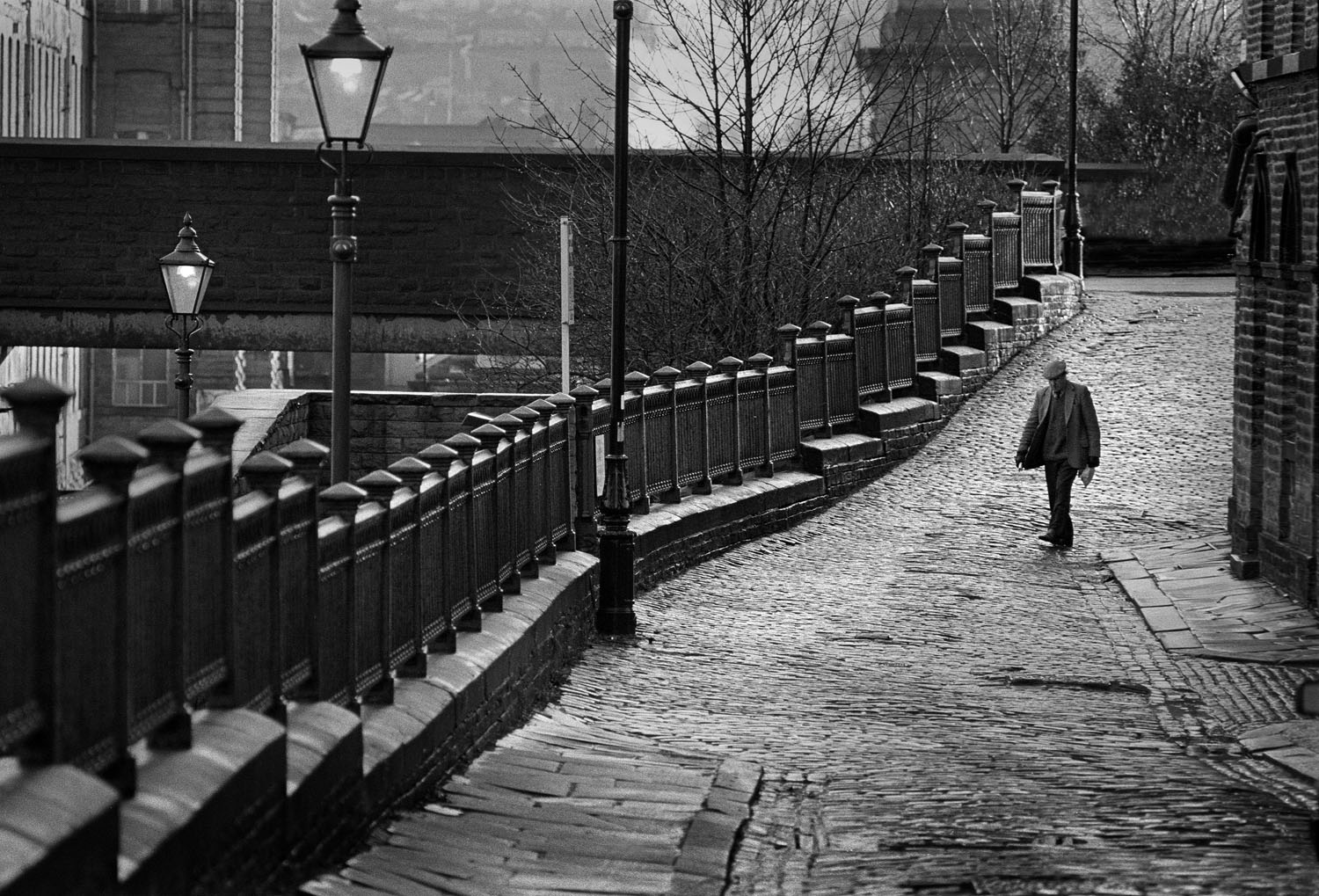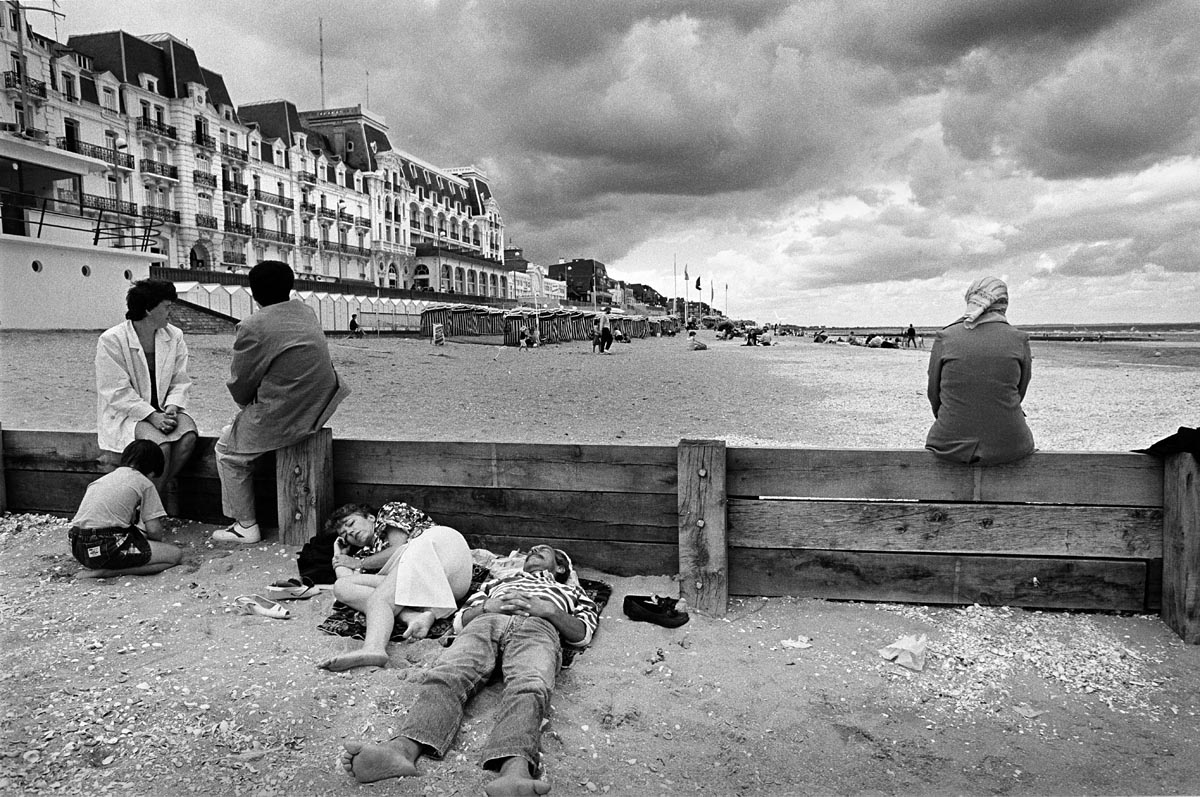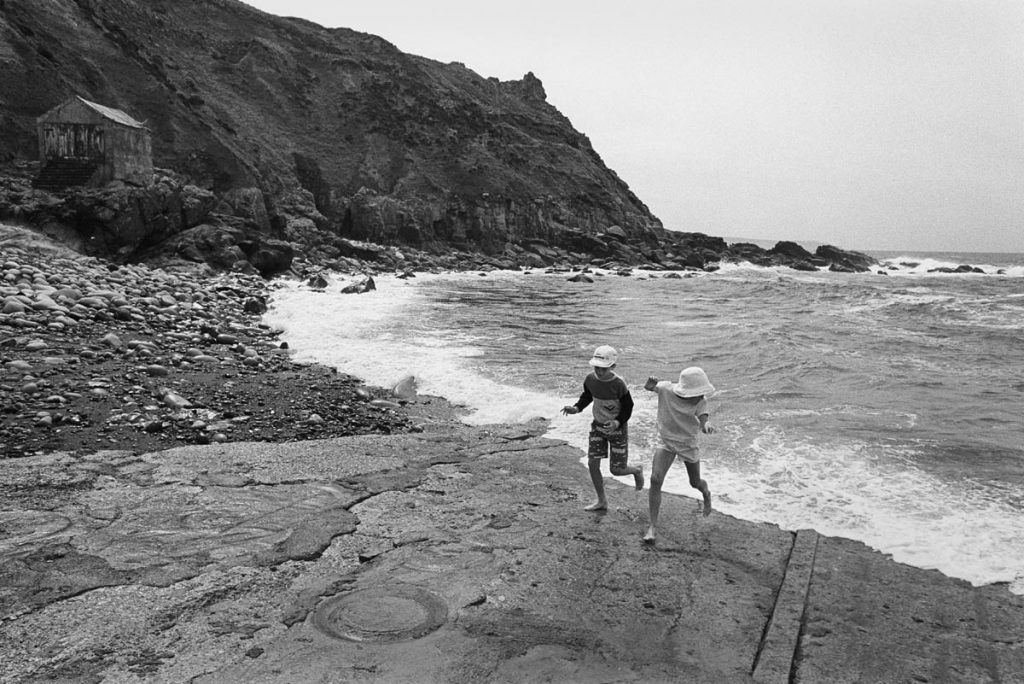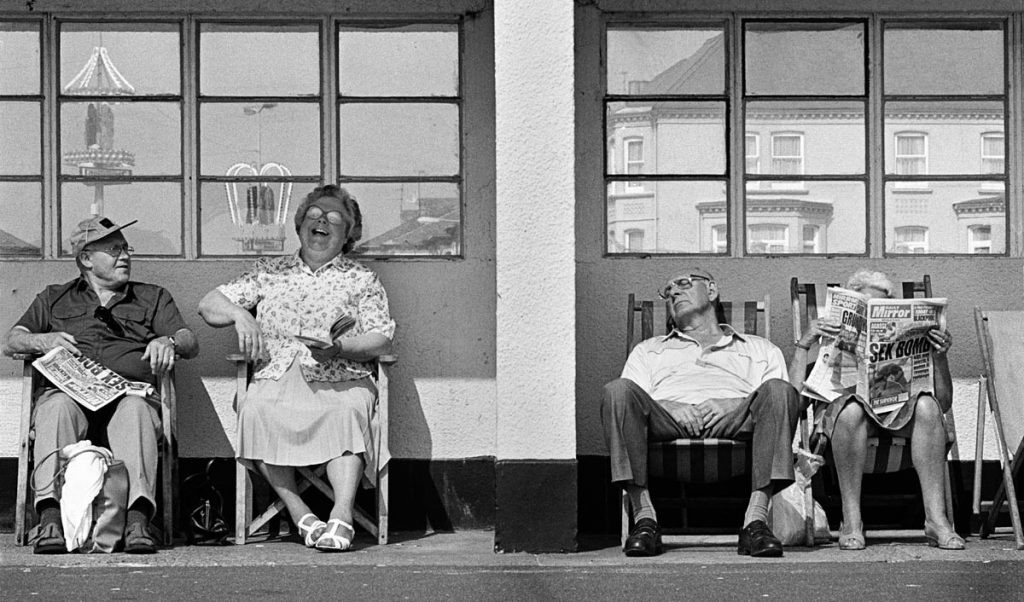The Street Photographer

Why Street Photography is more than just taking pictures in the street
The Street Photographer must capture images that are much more than just ‘pictures taken in the street’. Anyone can do that. While the results of all street photography may claim to capture a moment in time, the best street photographer can go a great deal further.
Ask yourself, for instance, when you are tempted to just snap away in the street – how relevant is my image. You will only ever scratch at the surface as a street photographer unless your pictures convey purpose and feeling. Whether that feeling is humour, tragedy, suspense or elation depends on your subjects and the way you portray them.
Ill-considered pictures will always fail to hit the spot – unless, of course, they capture a special moment purely by fluke.
The great newspaper editor Harold Evans once wrote that he put each picture through three tests before selecting it for publication in The Sunday Times. He asked did that photograph possess…
- Animation
- Relevant context
- Depth of meaning
Every picture would have to possess at least one of these before it could be printed in The Sunday Times.
The main picture above was taken by Philip Dunn for The Sunday Times
Three tests for every street photographer

Animation:
Not immediately obvious, but look at the busker’s fingers and the slant of his head. It is obvious that he is really playing that tin whistle – that he is actually ‘doing’ it. There’s also the movement of the shoppers behind.
Relevant context:
This was to illustrate a travel article about what is often considered the epitome of Englishness. The picture shows that it’s a place for real people, and it has a very ordinary shopping centre.
Depth of meaning:
Here’s a young man with a bit of the air of the gypsy about him – his lurcher dogs, his slightly soiled trousers. He’s a travelling minstrel in a town known for its respectability and Englishness. All these elements combined to persuade the editor to use this pictures rather than others depicting the more usual sights of Chelthenham town.
The Street Photographer must tell a story - and raise questions

Above… I was sent by The Sunday Times to photograph an article about the famous Hotel Cabourg in Normandy, France. That’s the hotel in the background.
The picture editor knew perfectly well that I was unlikely to produce a straightforward picture of the hotel. I enjoy the ‘feel’ of this photograph, which, again, sums up many of the essential aims for every street photographer. It tells a story, but also asks questions.
Just what is going on here? Why is that lady sat apart? Is she a member of that family? Notice that the lady lying down is watching me though half-closed eyes. The feel and atmosphere of this picture has a sense of foreboding, created, in part, by the looming sky, the coldness of the scene and the remoteness of the people. Photograph by Philip Dunn
Learn the art of the Street Photographer with Philip Dunn
Good Street Photographers get the basics right first
If you apply the criteria listed above to every single one of your pictures taken in the street, you are on your way to becoming a street photographer. There is much more to learn, but you have the basic foundations.
Sadly, these three basic criteria are largely ignored by a new generation of newspaper editors and street photographers. And this results in a glut of low quality images that are easy to ignore. To me, it is essential that every picture should have something to say; tell a story, explain a situation, make me feel something and make me want to look some more.
The last of these essentials – the feeling – is probably to most difficult to convey in a photograph. Sometimes it can be done by a particular composition. Perhaps it is the lighting. Of course, the subjects themselves play an enormously important role, but then there is the timing, and that must be precise.
Learn exactly when to press the shutter

The street photographer’s ability to press the shutter at exactly the right moment is just as important as the ability to spot the picture in the first place. A photographer without good timing would be like a musician who cannot keep rhythm – the end result is always something less than pleasing.
One of the most important skills you will learn during my photography tuition is how to acquire this precious sense of timing.
And finally... enjoy taking your pictures
